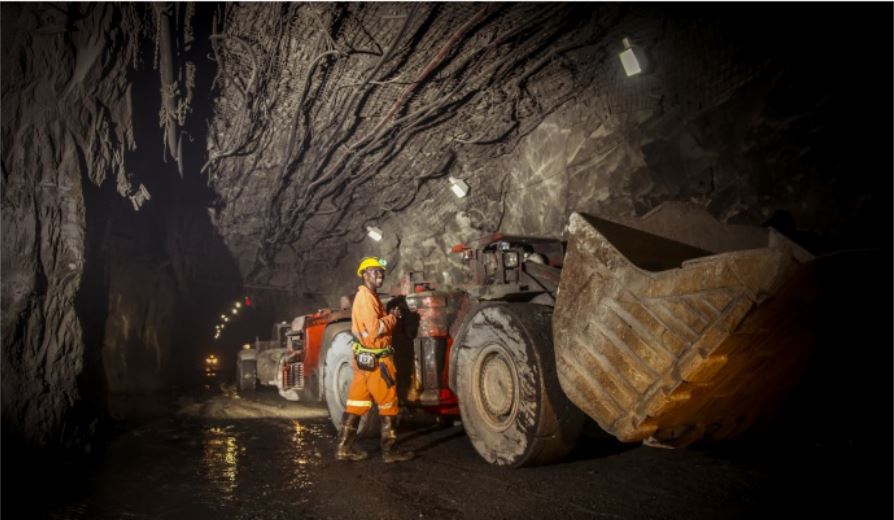Barrick Gold Exec. Chairman doubles his stake

A miner operates his scoop tram at the Barrick Gold/Acacia Mining Bulyanhulu gold mine in Tanzania. Source: Acacia Mining plc.

Barrick Gold Corp. [ABX-TSX, NYSE] said Monday October 1 that its Executive Chairman John Thornton has nearly doubled his shareholding in the company to 5 million shares by acquiring 2.27 million shares in the company at an average price of US $11.11 per share.
The announcement comes one week after Barrick said it is consolidating its position as the world’s leading gold producer by agreeing to merge with Randgold Resources Ltd. [GOLD-NASDAQ, LSE] in a deal worth $18.3 billion.
Under the share exchange agreement, Randgold shareholders will receive 6.128 New Barrick shares. As a result, Barrick shareholders will own about 66% of the combined company, while shareholders of Randgold will hold the other third.
Based on that exchange ratio, the Randgold ordinary shares held by Randgold CEO Mark Bristow are expected to convert into 5.14 million Barrick shares once the merger is completed. At that point, Bristow will become President and CEO of the combined company.
In a press release Monday, the company said ownership is a core element of Barrick’s partnership culture. Under the Global Barrick share plan launched in 2016, all Barrick people receive common shares on an annual basis, tied to the company’s performance.
Barrick Gold shares eased 0.07% or $0.81 to $14.28 on Monday. The 52-week range is $21.03 and $12.54.
Prior to merger announcement, Barrick shares had lost about 40% of their value in the past year, and the company was about to lose its status as the global leader to Newmont Mining Corp. [NEM-NYSE], the U.S. giant that Barrick has considered merging with in the past.
Randgold, by contrast, has been a standout performer in the global gold mining sector. The African gold producer holds operations in West and Central Africa, producing about 1.1 million ounces of gold annually. Its flagship assets are an 80% stake in the LouloGounkoto complex in Mali and a 45% stake in the Kibali Mine in the Democratic Republic of Congo (DRC).
Barrick said the rationale for the transaction is to create an “industry-leading” gold company holding half of the world’s top 10 Tier One gold assets (defined as having a mine life of over 10 years, at least 500,000 ounces of annual production and in the bottom half of global total cash costs).
Financially, the deal improves Barrick’s balance sheet and free cash flow per share, while reducing Randgold’s political risk profile.
However, critics say that by merging with Randgold, Barrick is exposing itself to fresh risks in Africa where mining companies are facing rising costs due to the imposition by governments of royalties and higher taxation in countries such as Zambia and the DRC.
Founded by the late Peter Munk, Barrick Gold has grown from its roots in the Ontario and the Nevada gold fields in the early 1980s to become the world’s leading gold producer. That was before the company took on huge amounts of debt, while sinking US $8 billion into the Pascua Lama Project in Argentina/Chile, and $7.3 billion (Canadian) into Equinox Minerals.
